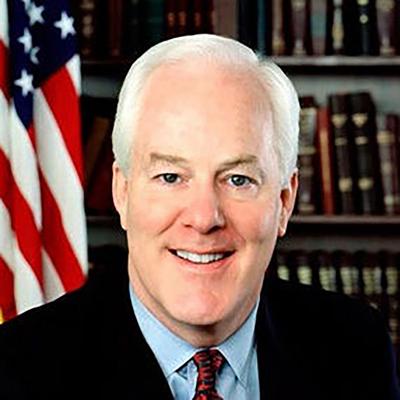The history of TexasĐÔĘӽ紫ý™ legacy in the space race from the ĐÔĘӽ紫ý™60s-ĐÔĘӽ紫ý™70s is a storied one, and it started with a lot of hard work by the Lone Star State to get AmericaĐÔĘӽ紫ý™s astronauts up to the stars.
In 1961, Houston was chosen to host what was originally established as the National Aeronautics and Space AdministrationĐÔĘӽ紫ý™s (NASA) Manned Spacecraft Center. It was later renamed the Lyndon B. Johnson Space Center after the former president from Texas on Feb. 17, 1973.
The Johnson Space Center became the leader in innovation, human space exploration, and scientific discovery during these two decades when it played an instrumental role in overseeing some of NASAĐÔĘӽ紫ý™s most historic expeditions, including the Gemini and Apollo missions.
So, was the legacy of TexasĐÔĘӽ紫ý™ space program always written in the stars?
During the height of the space race in the 1960s, Texas was the primary player in pushing AmericaĐÔĘӽ紫ý™s space ambitions to astronomical heights. The venerated Mercury Seven was the countryĐÔĘӽ紫ý™s inaugural class of astronauts. Their successes helped catapult Houston onto the nationĐÔĘӽ紫ý™s radar, eventually earning the city the moniker ĐÔĘӽ紫ýśSpace City.ĐÔĘӽ紫ýť
Mission Control at the Johnson Space Center played a vital role in some of the most dramatic missions in history. In 1966, the Gemini 8 astronauts pulled off the first emergency landing of a crew in U.S. space mission history after a thruster malfunction caused a near-fatal accident. After splashing down, they were stuck bobbing on the water for three hours. Seasickness plagued pararescuers and astronauts alike, but the team toughed it out and were rescued.
Neil ArmstrongĐÔĘӽ紫ý™s quick thinking and determination during that mission played a crucial role in their survival, leading Pilot David Scott to quip, ĐÔĘӽ紫ýśThe guy was brilliant. He knew the system so well. He found the solution, he activated the solution, under extreme circumstances... it was my lucky day to be flying with him.ĐÔĘӽ紫ýť The decisiveness of the crew, in tandem with exceptional support from Johnson Space Center, became examples for the nation of American resiliency and cooperation in the face of danger.
Just three years later, the historic Apollo 11 mission that culminated in the moon landing was also orchestrated from the Mission Control Center in Houston. The iconic moment of Armstrong saying, ĐÔĘӽ紫ýśHouston, Tranquility Base here, the Eagle has landed,ĐÔĘӽ紫ýť on the lunar surface immortalized TexasĐÔĘӽ紫ý™ role in winning the Space Race. While many thought it was impossible, the U.S. ĐÔĘӽ紫ý” and in large part, Texas ĐÔĘӽ紫ý” had landed a man on the moon.
In the years that have followed, Texas has had a legacy of accomplished astronauts, including Ed White, the first American to walk in space; Michael Fossum, a Texas A&M graduate who logged more than 194 days in space and seven spacewalks; and Shannon Walker and Loral OĐÔĘӽ紫ý™Hara, the only two Houston-born astronauts to launch into space. Johnson Space Center continues its storied legacy in our space history and is home to the astronaut training facility, where Americans with celestial aspirations gain the skills to join these TexansĐÔĘӽ紫ý™ ranks one day.
For more than half a century, Texas has become synonymous with success in space exploration. Today, NASAĐÔĘӽ紫ý™s Texas-based operations support more than 40,000 jobs in our state and contribute more than $9 billion to our economy.
While Texas grit defined our stateĐÔĘӽ紫ý™s historic role in the space race decades ago, we know itĐÔĘӽ紫ý™s our spirit of innovation and discovery that lives on today and continues to inspire the next generation of scientists, engineers, and astronauts to reach for the stars, both literally and figuratively. The future is unknown, but Texas is sure to be a key player in forging the new frontiers of tomorrow.






















